A gold nanoglue that improves the contact between nickel nanoparticles and molybdenum disulfide.
![Gold Nanoglue Enables Metallic Contact in Molybdenum Disulfide-based Devices [Video]](https://www.advancedsciencenews.com/wp-content/uploads/2018/06/smll201704526_ASN_image.png)
![Gold Nanoglue Enables Metallic Contact in Molybdenum Disulfide-based Devices [Video]](https://www.advancedsciencenews.com/wp-content/uploads/2018/06/smll201704526_ASN_image.png)
A gold nanoglue that improves the contact between nickel nanoparticles and molybdenum disulfide.
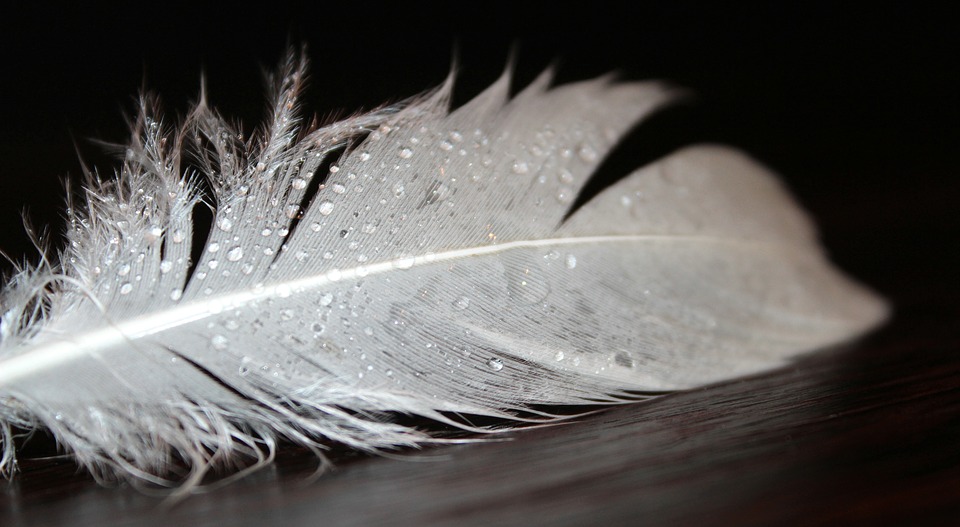
Bird feather microstructure exhibits an astonishing water-assisted ability of self-repair, which enables birds to replace their plumage only once per year.
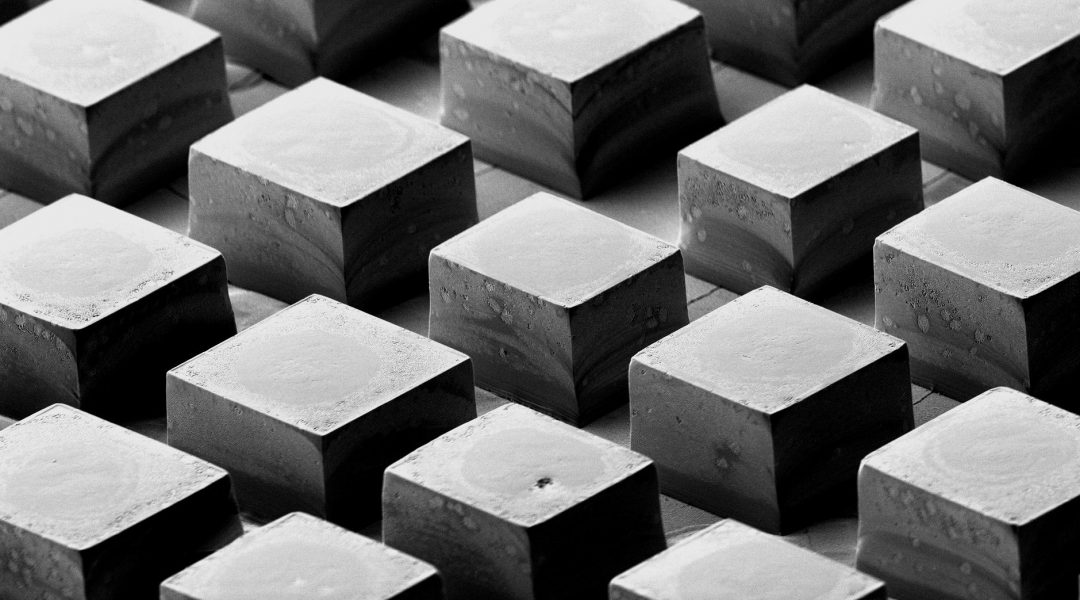
A robust and efficient protocol involving microfabrication that enables the integration of an emerging class of materials into modern electronic devices.
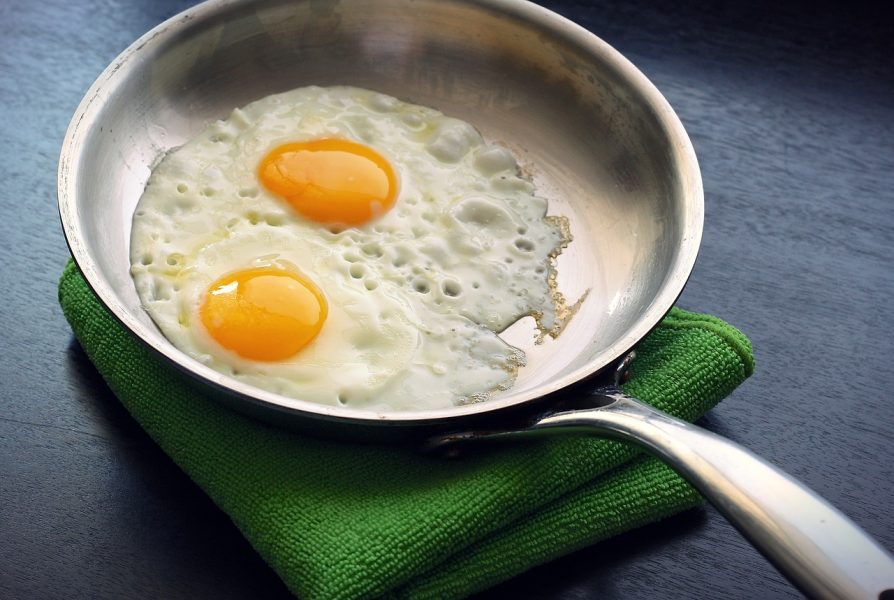
Environmental implications of technological improvements in photovoltaic manufacturing in Europe and China.
Electrification planning in rural areas and in developing countries most often relies on the outputs of specialized analytical tools that support geographically-referenced analyses
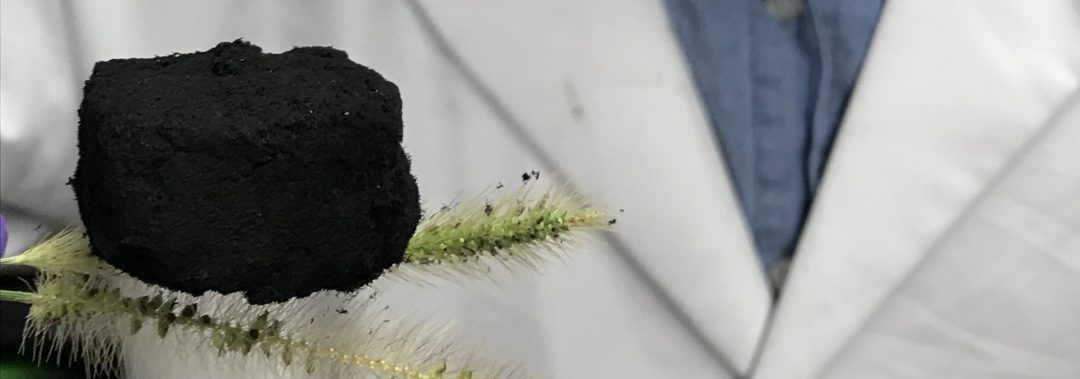
Rice University scientists have developed a simple way to produce conductive, three-dimensional objects made of graphenefoam.
Small solar systems seem to have a significant impact in terms of quality of life for their users and in helping them to keep connected to the global world.
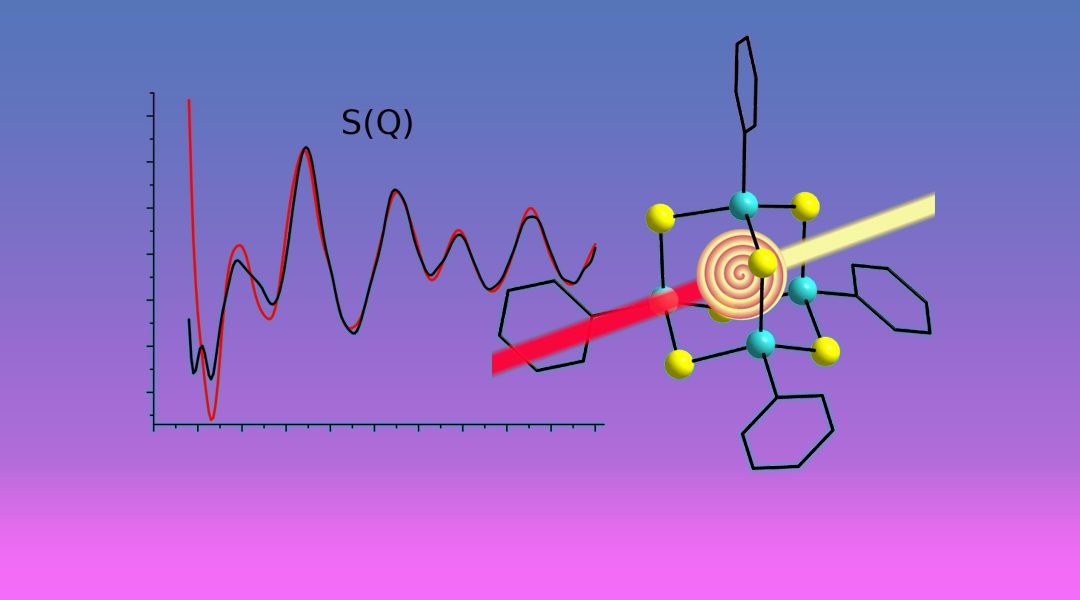
Knowledge of the amorphous structure of non-crystalline materials is critical for elucidating an explanation of how various side groups effect frequency doubling or white-light generation.
![Polyphosphate-based Smart Material for Implants [Video]](https://www.advancedsciencenews.com/wp-content/uploads/2018/06/smll201801170_ASN_image.jpg)
A team of researchers demonstrate Ca–polyphosphate (polyP) nanoparticles (NPs) as a smart biomaterial for regenerative medicine applications.

To fight antibiotic-resistant pathogens, and to ensure wide-spread application and high compliance, oral vaccinations are desirable, but pose drug delivery complications. An efficient nanoparticle system for vaccination against stomach ulcer causing Helicobacter pylori was recently reported.